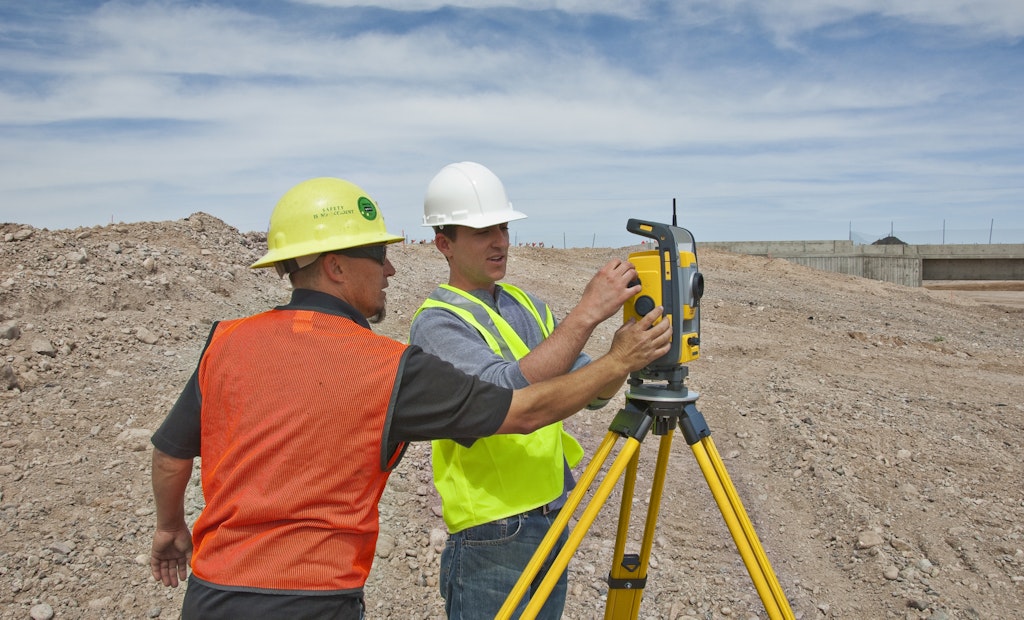GPS can be a helpful asset on the job site. Surveyors use it for stake grades; drones measure stockpiles; machine operators use it combined with building information modeling (BIM) designs to automate some machine applications.
When GPS performs optimally, workers can rely on the...






